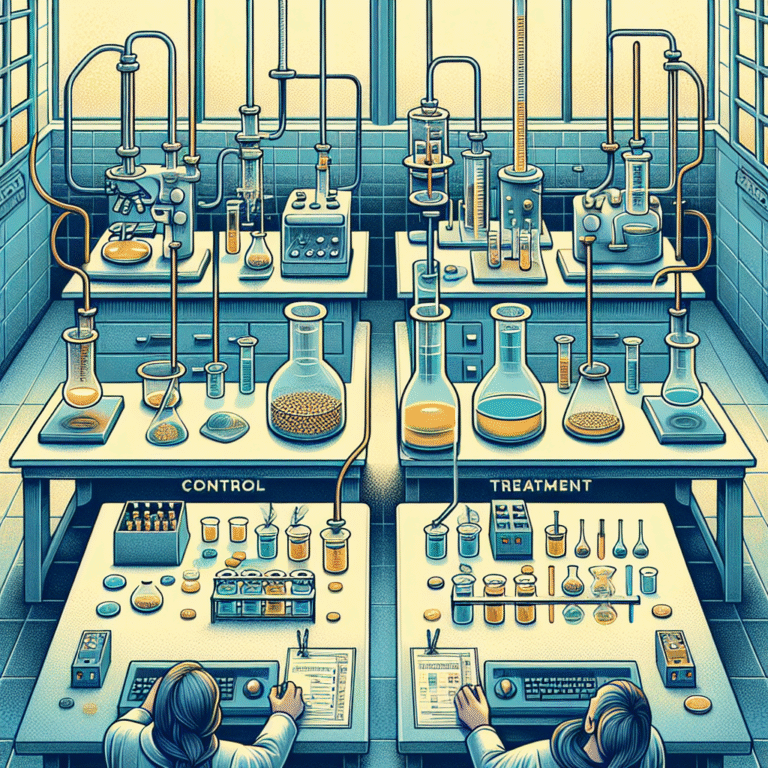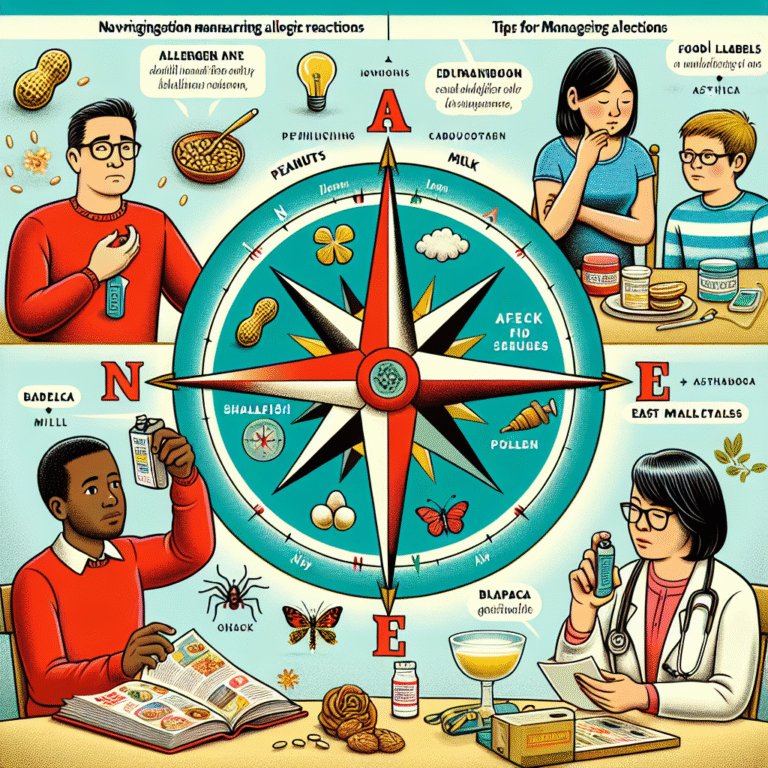
Introduction
In an era marked by rapid technological advancements and shifting social paradigms, the phrase "thinking outside the box" often emerges as a common rallying cry for innovators and problem solvers alike. The relevance of this concept is undeniable, especially when faced with tough problems that seem insurmountable. Thinking outside the box: creative solutions for tough problems is not just a catchy slogan; it’s a necessary mindset for navigating the complexities of our world.
Imagine a world where obstacles are merely stepping stones to greater achievements. By exploring unconventional approaches and fostering creative thinking, individuals and organizations can unlock incredible potential. This article dives deep into various strategies for thinking outside the box, supported by real-world case studies, and offers actionable insights for applying these principles to everyday challenges.
Understanding the Concept
What Does It Mean to Think Outside the Box?
At its core, thinking outside the box involves breaking free from conventional patterns of thought. It means approaching problems from new angles, generating unique ideas, and developing innovative solutions. This creativity is paramount; as industries evolve, the ability to adapt and think unconventionally becomes a competitive advantage.
Key Characteristics of Creative Problem Solving:
- Flexibility: Being open to new ideas and possibilities
- Curiosity: Seeking knowledge and experiences beyond the norm
- Divergent Thinking: Generating multiple solutions to a single issue
- Risk-Tolerance: Willingness to explore untested waters
Embracing these traits can lead to extraordinary results in both personal and professional spheres.
Why Is Thinking Outside the Box Essential?
In today’s world, routine methods often fall short. Traditional strategies may not yield results in the face of complex challenges. Expanding your creative repertoire enriches problem-solving capabilities and opens doors to innovative solutions.
Research consistently shows that businesses prioritizing creative problem-solving outperform their competitors. They attract top talent, maintain higher employee satisfaction rates, and see better financial returns. For instance, a Brainstorming study by the Harvard Business Review indicated that companies fostering creativity report 1.5 times higher revenue growth.
Strategies for Thinking Outside the Box
1. Leverage Diverse Perspectives
Case Study: IDEO’s Design Thinking
IDEO, a global design and consulting firm, revolutionized the way companies approach product design. Their design-thinking methodology emphasizes collaboration among diverse teams—ensuring that different backgrounds and expertise lead to innovative solutions.
Analysis:
When people from varied fields come together, they challenge each other’s assumptions and introduce alternative viewpoints. This diversity of thought is crucial for creative problem-solving, proving that inclusion leads to more effective solutions.
Key Takeaway: Encourage interdisciplinary collaboration in your teams to foster a more innovative atmosphere.
2. Reframe Problems
Case Study: 3M Post-it Notes
The creation of Post-it Notes is a classic example of reframing a problem. Spencer Silver at 3M initially sought to create a super-strong adhesive. Instead, he designed a weak adhesive that stuck without permanent attachment.
Analysis:
Rather than viewing the weak adhesive as a failure, Silver redefined the problem and identified a new market opportunity. This reframing transformed what could have been a discarded idea into a multi-million dollar product.
Key Takeaway: Challenge your assumptions and redefine challenges to uncover new solutions.
3. Embrace Failure as a Learning Tool
Case Study: Thomas Edison’s Inventions
Thomas Edison, renowned for his prolific inventions, famously claimed, "I have not failed. I’ve just found 10,000 ways that won’t work." His relentless pursuit and acceptance of failure as part of the innovation process ultimately led to the development of the lightbulb and many other groundbreaking inventions.
Analysis:
Edison’s experiences highlight a valuable lesson: embracing failure can be a stepping stone to success. Allowing room for mistakes encourages teams to take risks, knowing that each unsuccessful attempt brings them closer to the breakthrough.
Key Takeaway: Cultivate an organizational culture that values experimentation and views failures as valuable learning experiences.
4. Utilize Creative Exercises
Brainstorming Techniques and Tools
Regularly engaging in creative exercises can warm up the brain to think innovatively. Techniques such as mind mapping, role-playing, and the SCAMPER method (Substitute, Combine, Adapt, Modify, Put to another use, Eliminate, and Reverse) can stimulate new ideas.
| Technique | Description |
|---|---|
| Mind Mapping | Visual representation of ideas and concepts to see relationships |
| Role-Playing | Stepping into someone else’s shoes to gain new perspectives |
| SCAMPER | A systematic way to think about problem-solving by challenging the norm |
Key Takeaway: Regularly incorporate creative exercises into your routine to enhance problem-solving skills.
5. Seek Inspiration from Nature
Biomimicry in Innovation
Biomimicry involves looking to nature for inspiration when solving human challenges. Numerous companies, like Velcro, have derived innovations by studying nature’s designs and behaviors.
Analysis:
Nature has solved many complex problems over millions of years. By mimicking these strategies, businesses can create sustainable solutions for contemporary issues.
Key Takeaway: Consider the natural world when seeking innovative ideas and solutions.
The Importance of Nurturing a Creative Culture
Fostering a Conducive Environment
Creating a culture that encourages creativity is vital for thinking outside the box. Here are a few strategies for nurturing such a culture:
- Provide Autonomy: Empower employees to make decisions and pursue their ideas.
- Encourage Open Communication: Build an environment where everyone feels comfortable sharing their ideas without fear of judgment.
- Invest in Continuous Learning: Sponsor workshops and training programs that develop creative skills.
Conclusion
In an increasingly connected and dynamic world, the ability to think outside the box: creative solutions for tough problems is not just beneficial—it’s essential for survival and success. Innovation stems from a culture that values diverse perspectives, reframing challenges, embracing failure, and seeking inspiration from various sources.
By applying the strategies outlined in this article, you can unlock your potential for creative thinking and problem-solving. The next time you face a tough dilemma, remember: every problem is an opportunity waiting to be transformed into a solution.
FAQs
1. How can I foster creativity in my team?
Encourage open discussions, provide opportunities for learning, and celebrate small wins. Diverse teams also enhance creativity.
2. Can thinking outside the box be learned?
Yes, creativity can be cultivated through practice, experiences, and exposure to different perspectives and environments.
3. What if my creative ideas are not accepted by my superiors?
Consider providing data or case studies supporting your ideas and remain open to constructive feedback. Persistence is crucial.
4. How do I deal with failure in the creative process?
Adopt a growth mindset. View failures as learning opportunities that help refine your strategies rather than setbacks.
5. What are some quick exercises to stimulate creativity?
Techniques such as sketching, brainstorming, or writing free association can flex your creative muscles and generate new ideas quickly.
By integrating these insights and practices, you can actively participate in the evolution of creative problem-solving and positively impact your personal and professional environments. Embrace the ethos of thinking outside the box, and watch as new pathways open up before you.

















